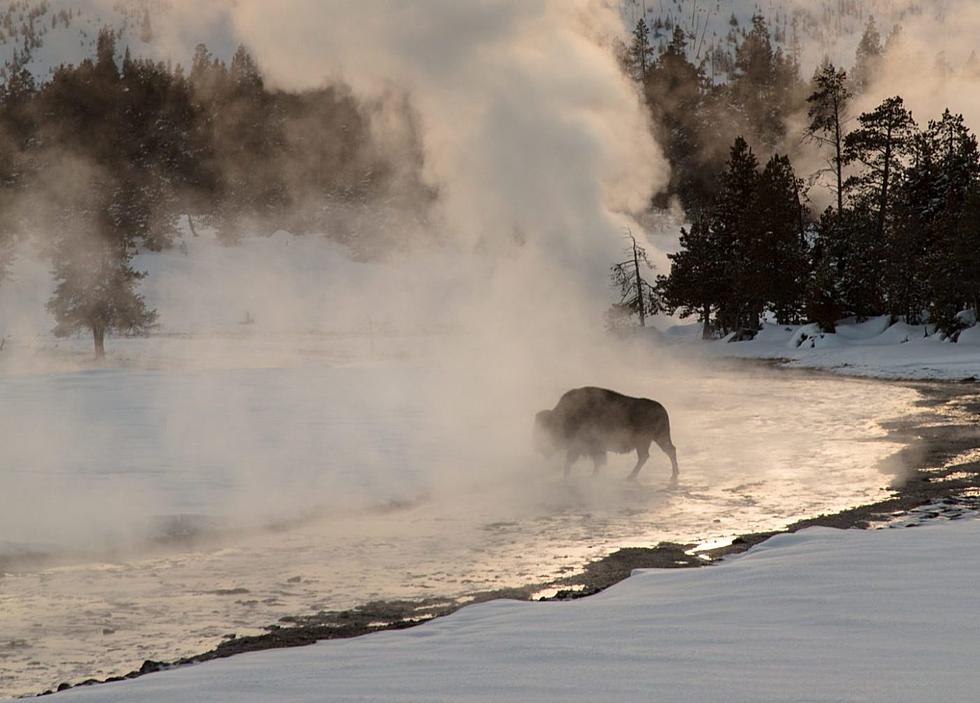
Viewpoint: Yellowstone bison should be listed as threatened
Tom Woodbury
For Yellowstone Bison, and those of us who love them, this winter feels like an extinction event. Forced out of Yellowstone National Park’s highlands by the harshest winter in fifteen years, Tribes that have only seen harvests of dozens of bison in recent years have had their fill this year.
Under the broken Interagency Bison Management Plan (2000), the state of Montana’s Department of Livestock - at the direction of a governor who has illegally trapped wolves just outside the Park - prevented any consensus from being reached at the start of this winter that would’ve capped removal of bison at sustainable levels. Absent a cap, the bison population will be reduced by about a third.
This total lack of regulatory control favored by Montana comes at a crucial moment. The U.S. Fish & Wildlife Service is in the midst of a 12-month “threats assessment” to determine whether Yellowstone Bison need to be listed for protection under the Endangered Species Act. One major factor the Service must weigh into its assessment is the adequacy of regulatory mechanisms that ensure proper conservation of a species.
Ironically, by refusing to acknowledge science and by ensuring there would be no limit to removal of Yellowstone Bison this winter — from the combined effects of trapping, transfers, State hunts, Tribal harvests, road kill, and natural mortality in the Park — the State of Montana has made a very strong case for listing Yellowstone Bison as threatened or endangered.
Conservation science, as applied to bison, assumes that a population of 3500 represents the minimum for purposes of ensuring the viability of a genetically distinct herd. In Yellowstone, there are two genetically distinct herds - the northern and the central herds. At the start of this winter season, the Park Service boasted that there were more bison in Yellowstone, about 6000, than at any time since the Park was created.
Considering that there were once 30-60 million buffalo, it is a rather pitiful boast. It becomes problematic when we consider that only the northern herd had a population over 3500 — the central herd has only about 1200 bison.
Most of the bison mortality this season has been among the northern herd, near Gardiner. Its numbers are likely going to end up around 3500, while the central herd could drop below 1000. With no regulatory controls on further reductions, wild bison are endangered.
One of the ongoing threats identified by the Fish & Wildlife Service is the fact that Yellowstone bison are confined to only 15% of their historic range - in spite of there being an additional 8 million acres of publicly-owned good habitat in the Yellowstone ecosystem. This year provides a graphic demonstration of the very real threat of extinction posed to bison by the severe restrictions imposed on their movement at the insistence of Montana’s livestock interests.
Now the Service can add “lack of adequate regulatory mechanisms” to the ongoing threat, since it can be anticipated that more and more Tribal members will want to avail themselves of the opportunity to do something they have been prevented from doing for 150 years — harvesting a buffalo for their clan. While it’s easy for conservationists to criticize the Tribes for harvesting too many bison, this ignores the rampant diabetes, poverty, and substance abuse that persists on Indian Reservations because of conditions imposed by U.S. government policy following its genocidal campaigns against bison and Indians.
As Interior Secretary Deb Haaland pointed out in advocating for bison restoration, “the bison are still here, and the Indigenous people are still here.” Harvesting bison is fueling a cultural revival for Tribes resurrecting their most sacred relationship.
The genetic strength of Yellowstone’s herds is critical to the success of Interior’s bison conservation initiative. Without Yellowstone Bison’s gene pool, conservation herds will devolve into domestic livestock, and their utility for restoring grassland habitats will be greatly diminished.
The era of favoring livestock interests to the exclusion of a viable population of wild buffalo on public lands has passed. Yellowstone Bison deserve the protections of the Endangered Species Act, and must be allowed to roam free.
For assistance in commenting on the listing decision for Yellowstone Bison before the June 4 deadline, please follow this link.
Tom Woodbury is a retired public interest attorney, a climate psychologist, and the Communications Director for Buffalo Field Campaign
